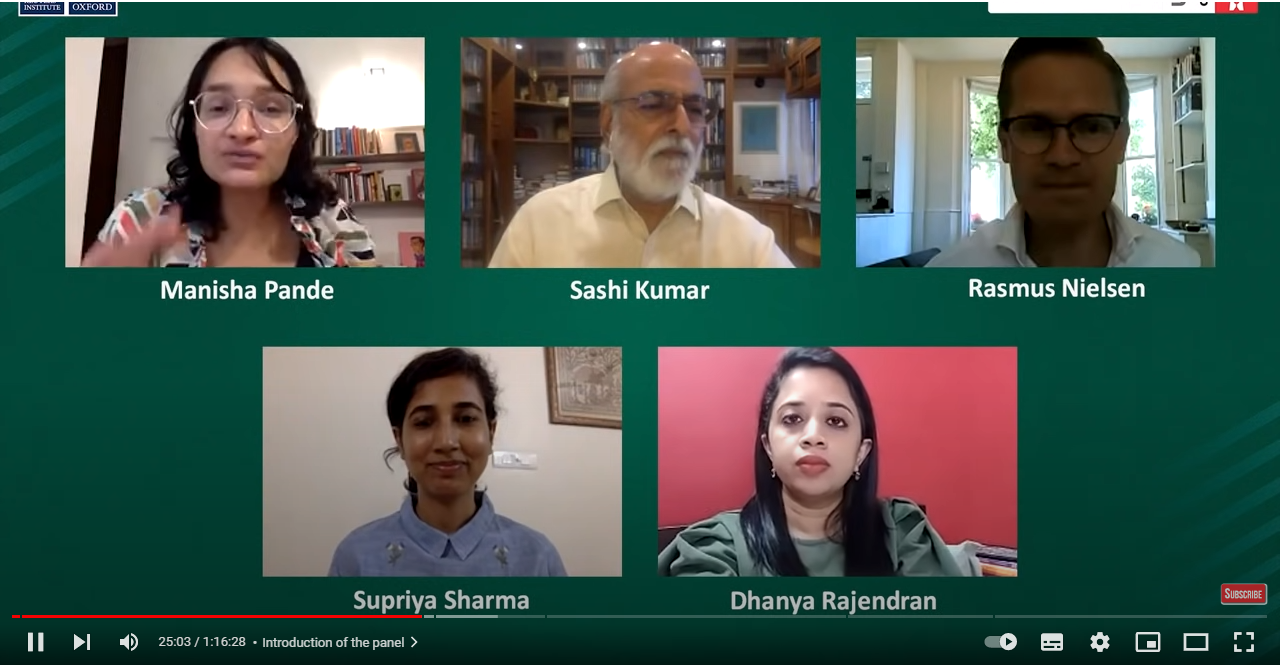Malavika Jayadeep
7:10
7:19
7:28
7:28
7:30
7:30
7:32
7:34
7:36
7:38
7:39
7:40
7:42
7:43
7:44
7:46
7:47
7:50
7:52
7:52
7:54
7:55
7:55
7:56
7:57
7:58
8:00
8:00
8:01
8:03
8:04
8:08
8:14
Connecting…









